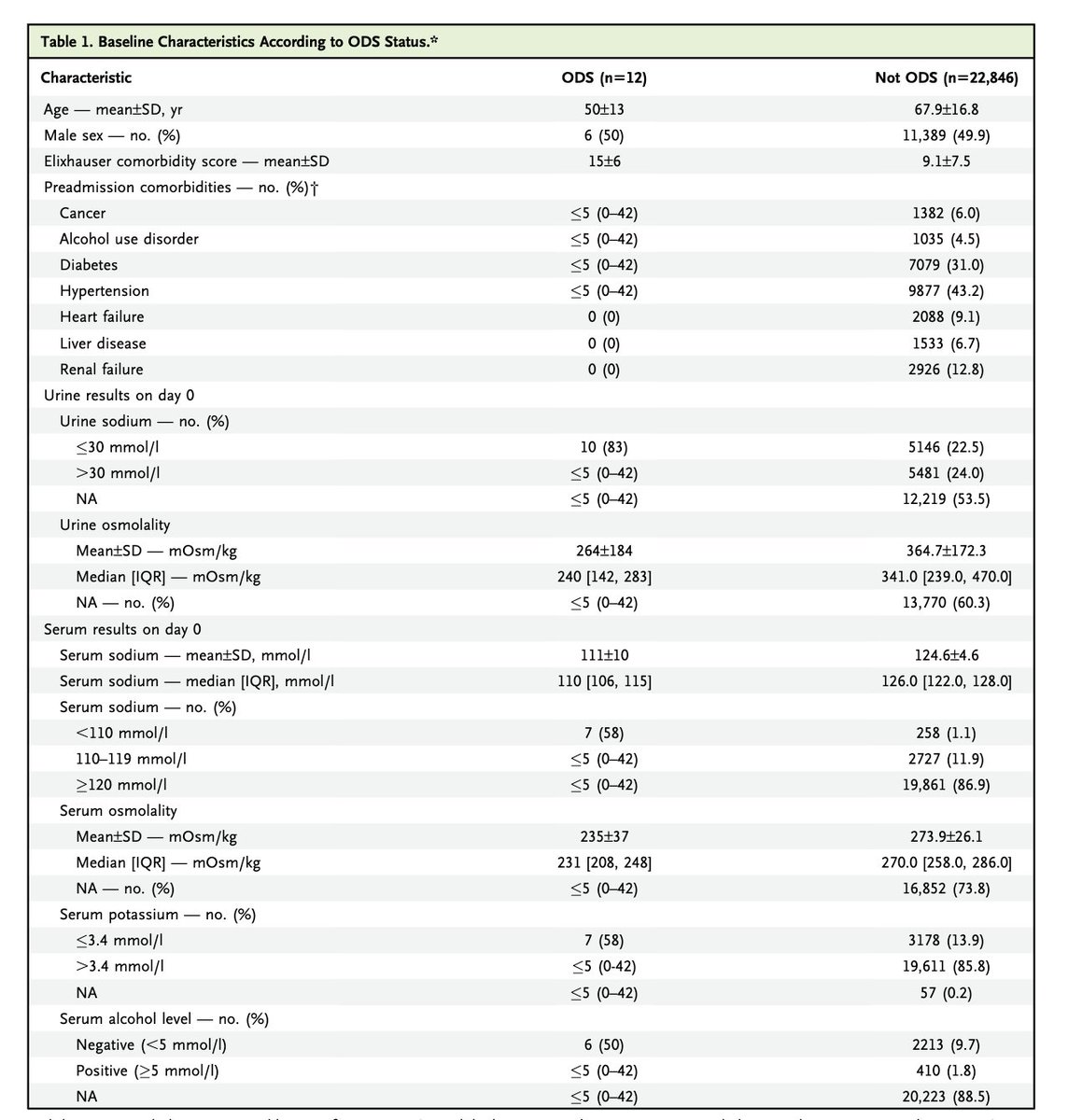Starting with pseudohyponatremia
These are real cases
The osmolality was 294, so there is a huge gap. 44ish
Implies Artifactual decrease in sodium
Her triglycerides were >6000 #NKFClinicals
These are real cases
The osmolality was 294, so there is a huge gap. 44ish
Implies Artifactual decrease in sodium
Her triglycerides were >6000 #NKFClinicals

Note the different between HCO3 and tCO2 should be closer than 19 and 9. #NKFClinicals 

The Flame photometer created the specialty of nephrology by allowing rapid measurement of Na and K. Calls it the engine of nephrology. Took time of measuring Na from all day to minutes. #NKFClinicals 



When we talk liters we are usually talking about liters of serum/plasma, but we measure concentrations in liter of water. If that solid component goes from 7% to 20% you over dilute the sample. Solid is usually lipid, could also be protein. #NKFClinicals 

The next innovation was the ion selective electrode and it did not have this weakness #NKFClinicals 



Now we use indirect ion selective electrode reintroduces the dilution step which re-introduces the error which we avoided with direct ion selective electrode. #NKFClinicals 

Conclusion #NKFClinicals 

The bicarbonate is dropped by the lipids due to the inability to transmit light through the sample. Hyperviscosity also results in overdilution.
Nice study showing the relationship to Na error to protein concentration #NKFClinicals
Nice study showing the relationship to Na error to protein concentration #NKFClinicals

Severe cholestasasis can increase Lipoprotein X no lipemic blood. After BMT and liver failure. #NKFClinicals 

Anion gap of minus 47.
They checked bromide levels. Which were normal.
What is the cause of pseudo hyper chlorine? #NKFClinicals

They checked bromide levels. Which were normal.
What is the cause of pseudo hyper chlorine? #NKFClinicals


Chloride sensitive electrodes can be poisoned by aspirin causing increased permeability of the electrode. #NKFClinicals 



• • •
Missing some Tweet in this thread? You can try to
force a refresh

























